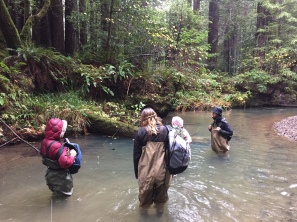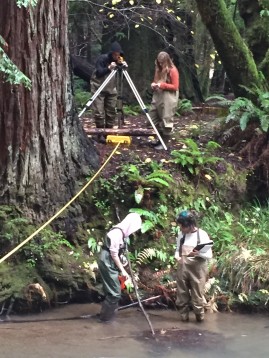Most recently, I covered for Emily, our 9th grade health teacher. Emily teaches a few classes for us at Mendocino High School, Mendocino Community High School, and Mendocino Alternative School (our independent study program). You might be noticing a theme here – that we have many staff members who “do it all”. Maybe it is because of the small size of our district or the fact that we have such talented staff members, but either way, the fact that we are lucky to have them is not lost on me.
The current class of 9th graders were 4th graders when I started in Mendocino Unified as the K-8 School principal, so except for a couple of new students, I knew them all very well. I took role and we started off with an alias worksheet – a fun worksheet that we all did together simply to get to know each other a little better and to open the class with some fun. I appreciated Emily’s idea to break the ice a bit.
The bulk of the lesson was a discussion of nutrition labels on foods. We looked at a variety of labels and talked about serving sizes and hidden dangers in some foods that are hidden quite well within the nutrition label. Kamala, the MCHS admin assistant, was kind enough to print out a few examples of the new nutrition labels that are scheduled to be in place soon.
Overall, the students enjoyed the discussion and they were engaged. There were two boys however, that were not engaged and still not engaged after I used all of my tricks of the trade to try to engage them. Later, as the class was working, I pulled one of them aside and simply talked with him. I asked him what was going on, why he was disinterested, and what our school and district could do differently to better engage him. He said he was having a bad day; that his day was already shot based on an incident earlier in the day when he was disciplined. I encouraged him to start over and to treat each class period as a fresh start to the day, but I know that’s easier said than done.
Very generally, the struggle with engaging our male students is real in our district. We have made it a goal to look at ways to increase student engagement. We believe that academic and social development and success is a direct product of the level of student engagement. I believe that we can’t force our students into a box, and that we need to continuously be searching for strategies that work on an individual basis. At Mendocino High School, our staff and administration take a lot of pride in truly getting to know our students and offering those individual supports. We are a small enough school district to make that a reality, and we are well on our way.

